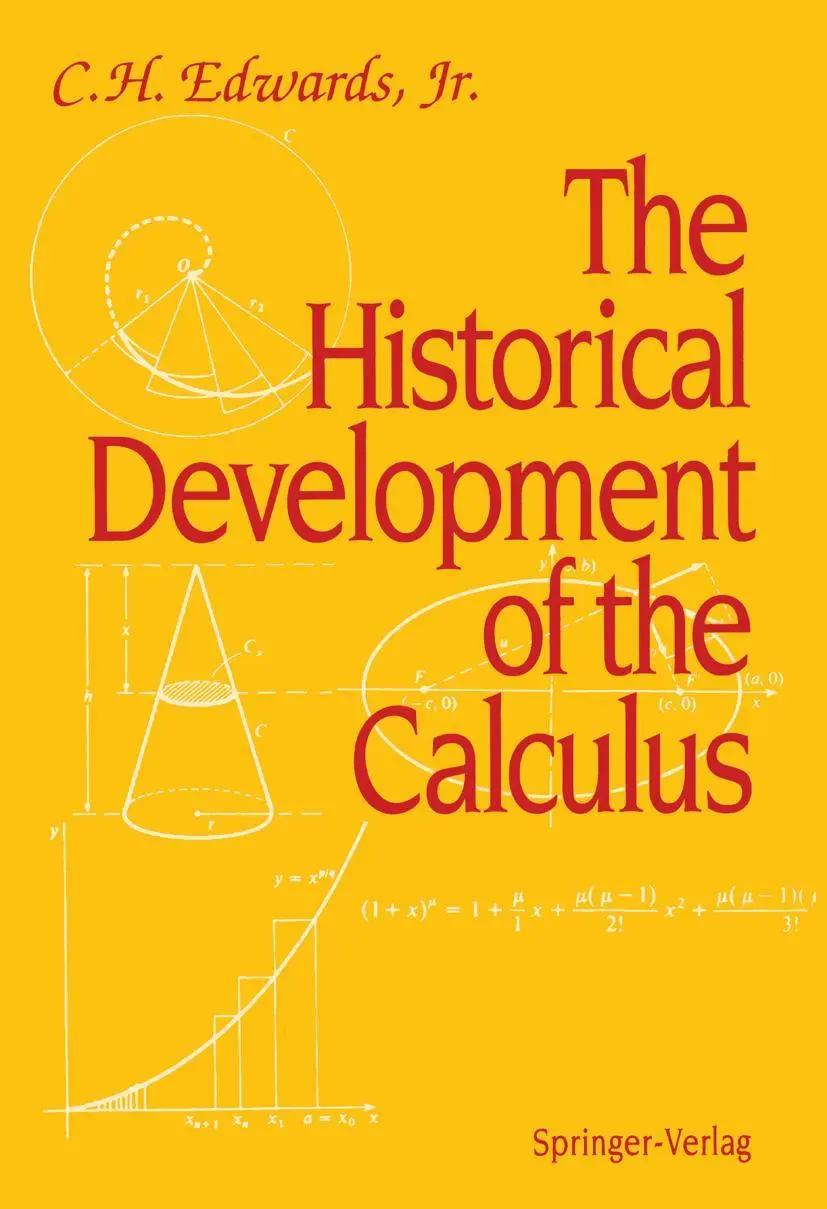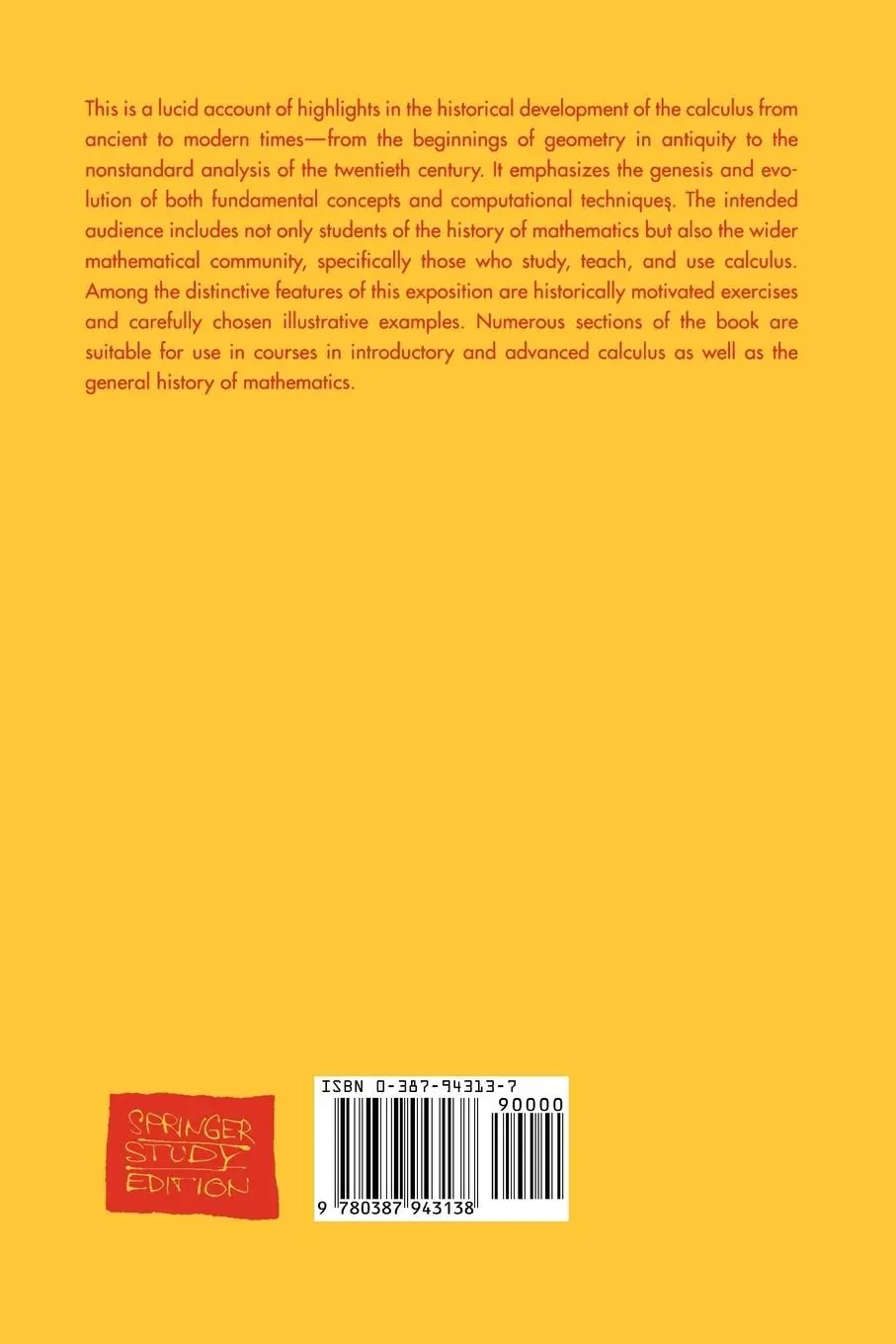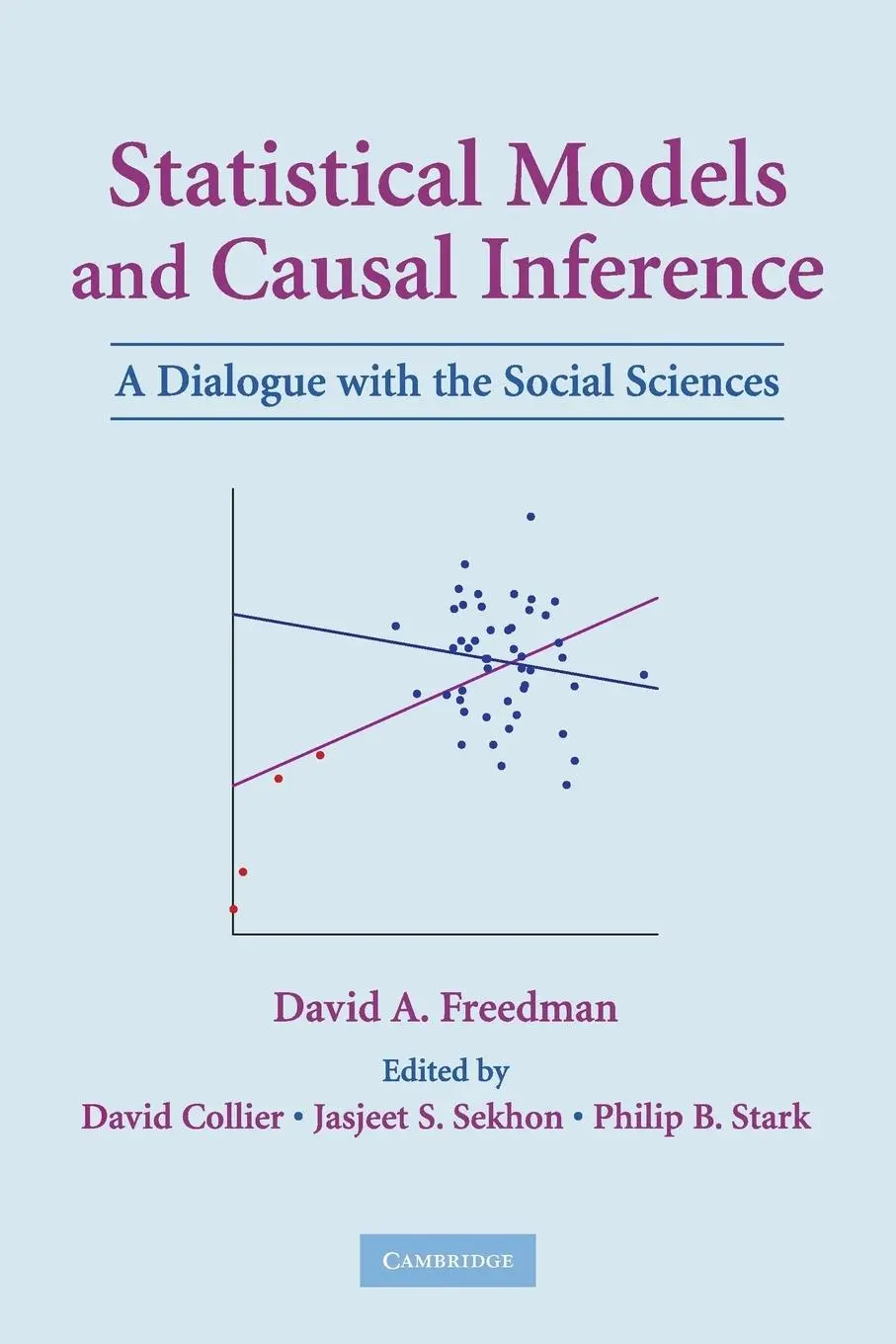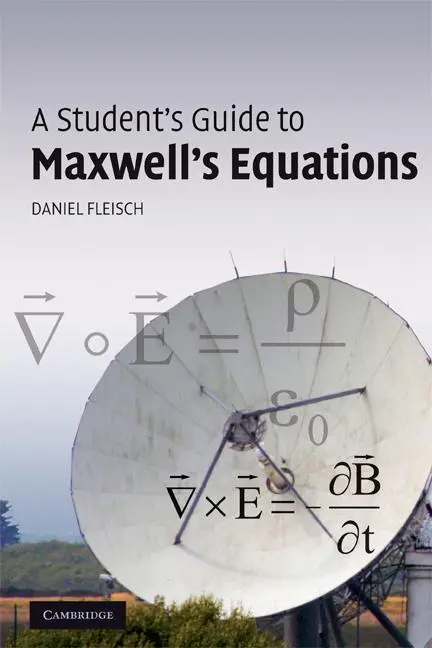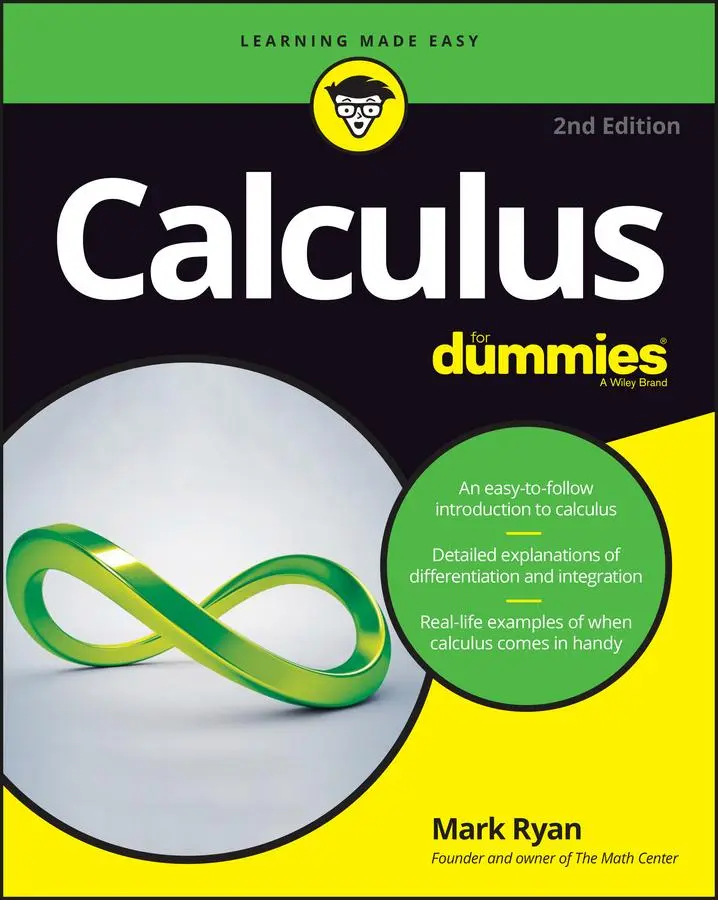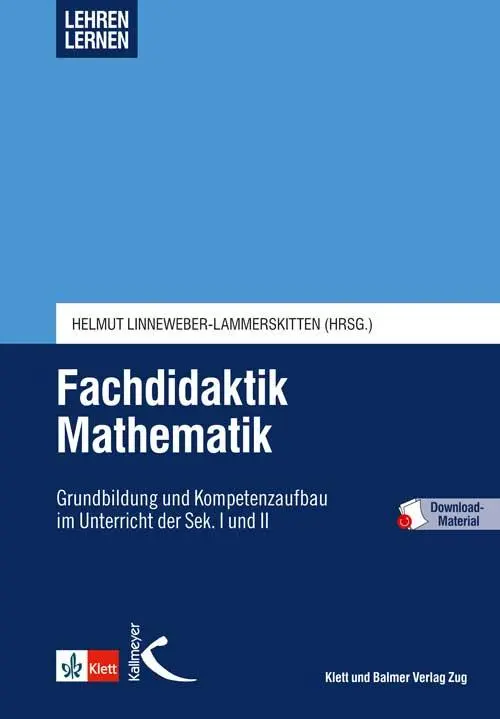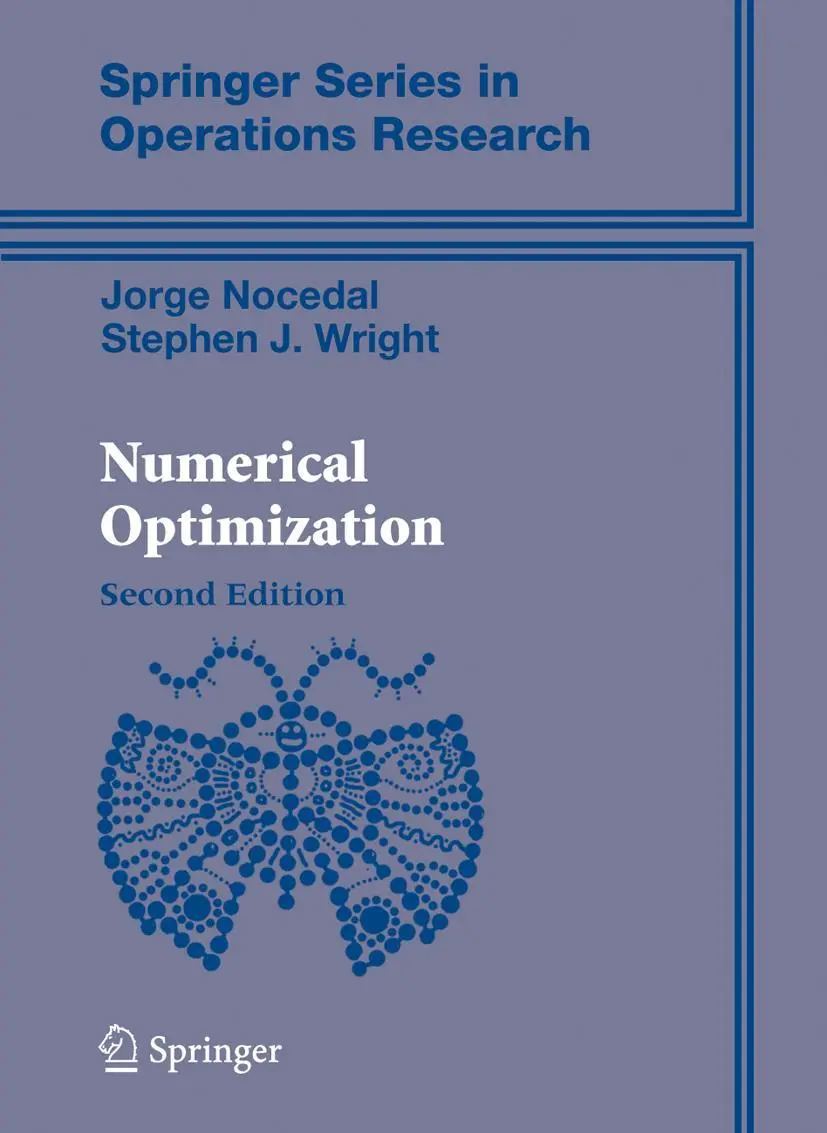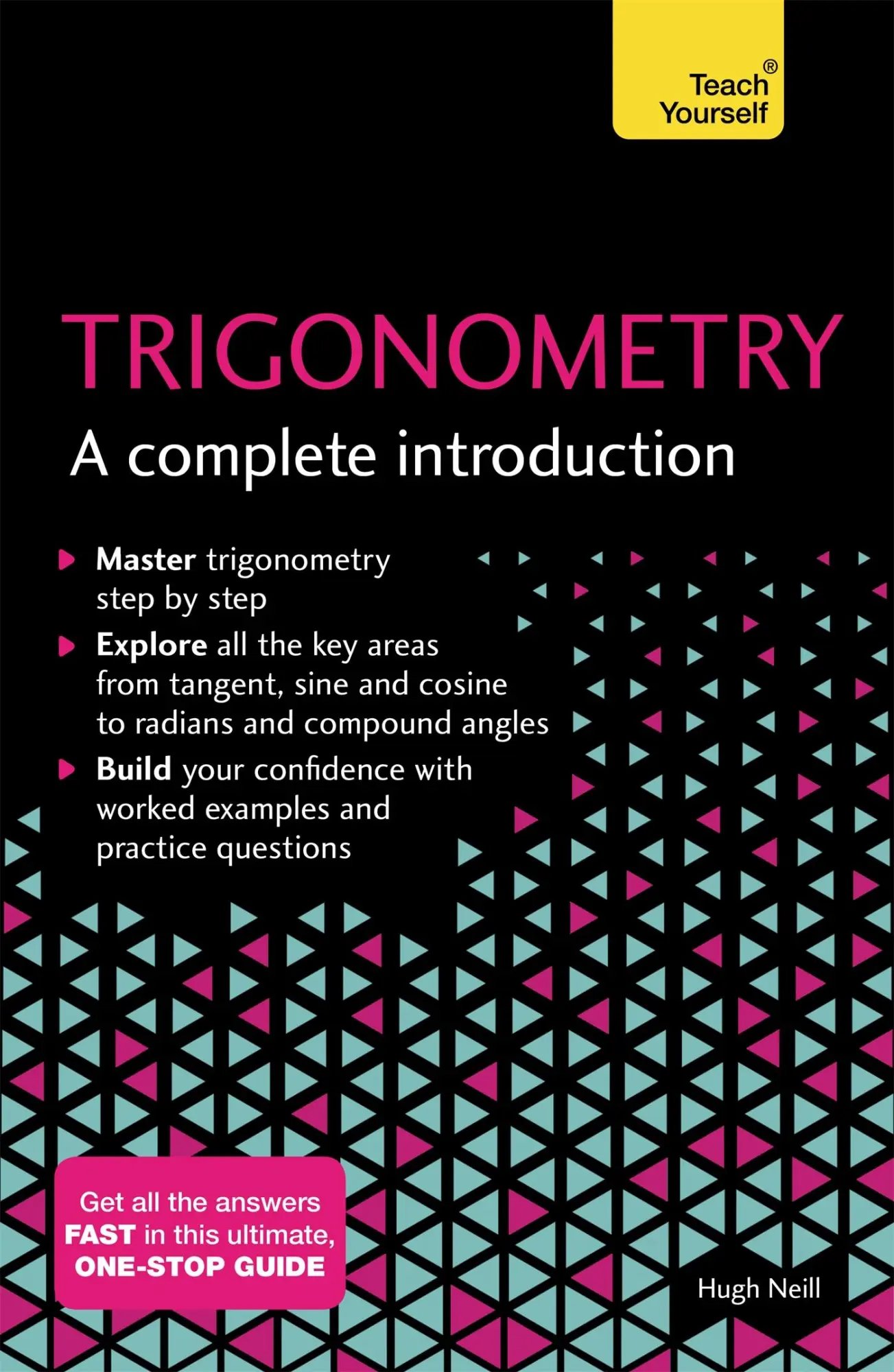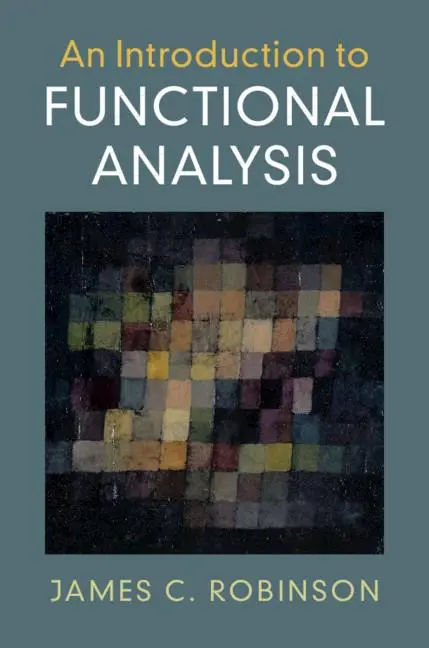Dekorationsartikel gehören nicht zum Leistungsumfang.
Sprache:
Englisch
67,95 €
Versandkostenfrei per Post / DHL
Lieferzeit 2-4 Werktage
Kategorien:
Beschreibung
The calculus has served for three centuries as the principal quantitative language of Western science. In the course of its genesis and evolution some of the most fundamental problems of mathematics were first con fronted and, through the persistent labors of successive generations, finally resolved. Therefore, the historical development of the calculus holds a special interest for anyone who appreciates the value of a historical perspective in teaching, learning, and enjoying mathematics and its ap plications. My goal in writing this book was to present an account of this development that is accessible, not solely to students of the history of mathematics, but to the wider mathematical community for which my exposition is more specifically intended, including those who study, teach, and use calculus. The scope of this account can be delineated partly by comparison with previous works in the same general area. M. E. Baron's The Origins of the Infinitesimal Calculus (1969) provides an informative and reliable treat ment of the precalculus period up to, but not including (in any detail), the time of Newton and Leibniz, just when the interest and pace of the story begin to quicken and intensify. C. B. Boyer's well-known book (1949, 1959 reprint) met well the goals its author set for it, but it was more ap propriately titled in its original edition-The Concepts of the Calculus than in its reprinting.
The calculus has served for three centuries as the principal quantitative language of Western science. In the course of its genesis and evolution some of the most fundamental problems of mathematics were first con fronted and, through the persistent labors of successive generations, finally resolved. Therefore, the historical development of the calculus holds a special interest for anyone who appreciates the value of a historical perspective in teaching, learning, and enjoying mathematics and its ap plications. My goal in writing this book was to present an account of this development that is accessible, not solely to students of the history of mathematics, but to the wider mathematical community for which my exposition is more specifically intended, including those who study, teach, and use calculus. The scope of this account can be delineated partly by comparison with previous works in the same general area. M. E. Baron's The Origins of the Infinitesimal Calculus (1969) provides an informative and reliable treat ment of the precalculus period up to, but not including (in any detail), the time of Newton and Leibniz, just when the interest and pace of the story begin to quicken and intensify. C. B. Boyer's well-known book (1949, 1959 reprint) met well the goals its author set for it, but it was more ap propriately titled in its original edition-The Concepts of the Calculus than in its reprinting.
Zusammenfassung
This is a lucid account of the highlights in the historical development of the calculus from ancient to modern times - from the beginnings of geometry in antiquity to the nonstandard analysis of the twentieth century.
Inhaltsverzeichnis
1 Area, Number, and Limit Concepts in Antiquity.- Babylonian and Egyptian Geometry.- Early Greek Geometry.- Incommensurable Magnitudes and Geometric Algebra.- Eudoxus and Geometric Proportions.- Area and the Method of Exhaustion.- Volumes of Cones and Pyramids.- Volumes of Spheres.- References.- 2 Archimedes.- The Measurement of a Circle.- The Quadrature of the Parabola.- The Area of an Ellipse.- The Volume and Surface Area of a Sphere.- The Method of Compression.- The Archimedean Spiral.- Solids of Revolution.- The Method of Discovery.- Archimedes and Calculus?.- References.- 3 Twilight, Darkness, and Dawn.- The Decline of Greek Mathematics.- Mathematics in the Dark Ages.- The Arab Connection.- Medieval Speculations on Motion and Variability.- Medieval Infinite Series Summations.- The Analytic Art of Viète.- The Analytic Geometry of Descartes and Fermat.- References.- 4 Early Indivisibles and Infinitesimal Techniques.- Johann Kepler (1571-1630).- Cavalieri's Indivisibles.- Arithmetical Quadratures.- The Integration of Fractional Powers.- The First Rectification of a Curve.- Summary.- References.- 5 Early Tangent Constructions.- Fermat's Pseudo-equality Methods.- Descartes' Circle Method.- The Rules of Hudde and Sluse.- Infinitesimal Tangent Methods.- Composition of Instantaneous Motions.- The Relationship Between Quadratures and Tangents.- References.- 6 Napier's Wonderful Logarithms.- John Napier (1550-1617).- The Original Motivation.- Napier's Curious Definition.- Arithmetic and Geometric Progressions.- The Introduction of Common Logarithms.- Logarithms and Hyperbolic Areas.- Newton's Logarithmic Computations.- Mercator's Series for the Logarithm.- References.- 7 The Arithmetic of the Infinite.- Wallis' Interpolation Scheme and Infinite Product.-Quadrature of the Cissoid.- The Discovery of the Binomial Series.- References.- 8 The Calculus According to Newton.- The Discovery of the Calculus.- Isaac Newton (1642-1727).- The Introduction of Fluxions.- The Fundamental Theorem of Calculus.- The Chain Rule and Integration by Substitution.- Applications of Infinite Series.- Newton's Method.- The Reversion of Series.- Discovery of the Sine and Cosine Series.- Methods of Series and Fluxions.- Applications of Integration by Substitution.- Newton's Integral Tables.- Arclength Computations.- The Newton-Leibniz Correspondence.- The Calculus and the Principia Mathematica.- Newton's Final Work on the Calculus.- References.- 9 The Calculus According to Leibniz.- Gottfried Wilhelm Leibniz (1646-1716).- The Beginning-Sums and Differences.- The Characteristic Triangle.- Transmutation and the Arithmetical Quadrature of the Circle.- The Invention of the Analytical Calculus.- The First Publication of the Calculus.- Higher-Order Differentials.- The Meaning of Leibniz' Infinitesimals.- Leibniz and Newton.- References.- 10 The Age of Euler.- Leonhard Euler (1707-1783).- The Concept of a Function.- Euler's Exponential and Logarithmic Functions.- Euler's Trigonometric Functions and Expansions.- Differentials of Elementary Functions à la Euler.- Interpolation and Numerical Integration.- Taylor's Series.- Fundamental Concepts in the Eighteenth Century.- References.- 11 The Calculus According to Cauchy, Riemann, and Weierstrass.- Functions and Continuity at the Turn of the Century.- Fourier and Discontinuity.- Bolzano, Cauchy, and Continuity.- Cauchy's Differential Calculus.- The Cauchy Integral.- The Riemann Integral and Its Reformulations.- The Arithmetization of Analysis.- References.- 12 Postscript: TheTwentieth Century.- The Lebesgue Integral and the Fundamental Theorem of Calculus.- Non-standard Analysis-The Vindication of Euler?.- References.
Details
| Erscheinungsjahr: | 1994 |
|---|---|
| Fachbereich: | Analysis |
| Genre: | Importe, Mathematik |
| Rubrik: | Naturwissenschaften & Technik |
| Medium: | Taschenbuch |
| Inhalt: |
xii
368 S. |
| ISBN-13: | 9780387943138 |
| ISBN-10: | 0387943137 |
| Sprache: | Englisch |
| Einband: | Kartoniert / Broschiert |
| Autor: | Edwards, C. H. Jr. |
| Auflage: | 1st edition 1979. Corr. 3rd printing 1994 |
| Hersteller: |
Springer US
Springer New York Springer US, New York, N.Y. |
| Verantwortliche Person für die EU: | Springer Verlag GmbH, Tiergartenstr. 17, D-69121 Heidelberg, juergen.hartmann@springer.com |
| Maße: | 235 x 155 x 20 mm |
| Von/Mit: | C. H. Jr. Edwards |
| Erscheinungsdatum: | 24.06.1994 |
| Gewicht: | 0,557 kg |

